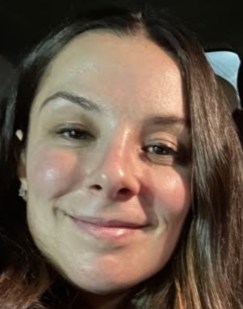
Biography
Christina Lindberg is a Board Certified Behavior Analyst (11624359). She received her Bachelors in Psychology from St. John’s University in 2012. Christina received her Masters in General Education and Students with Disabilities 1-6 with a concentration on Applied Behavior Analysis from Queens College in 2016.
Christina began teaching at a non-profit organization for students with Autism aged 5-21 in 2015. She has mostly taught adolescent students and has experience in implementing self-monitoring systems, life skills training and vocational training. Christina also has experience in teaching functional communication with both vocal students, and those with PECS and AAC devices. She has worked with students that exhibit a wide variety of maladaptive behaviors and is proficient in conducting Functional Behavior Assessments (FBA) and developing Behavior Intervention Plans (BIP). Christina particularly enjoys implementing natural environment teaching in her classroom to ensure the skills being taught are meaningful and effective in her student’s everyday lives. After teaching for five years, Christina began supervising as a Curriculum Coordinator within the same school. In this role she is involved in supervising and training staff utilizing Behavioral Skills Training (BST) in protocols such as conditioning instructors as reinforcers, preference assessments, and mand training.
Christina has been involved in several research projects and has presented a poster at the Association for Behavior Analysis conference in 2019. The purpose of the study was to determine what effect a self-monitoring checklist would have on decreasing response time when using an AAC device for an eighteen year old male with Autism. She collaborated with a Speech Pathologist on this project, and strongly believes that collaboration among colleagues is crucial to making a meaningful difference.
Christina is extremely passionate about ensuring she is teaching functional skills to the individuals she works with. She believes that by working as a team with the individual, their family, and other related service providers, significant and positive changes can be made. Her ultimate goal is to improve quality of life , and help the individual become as independent as possible for their future.




